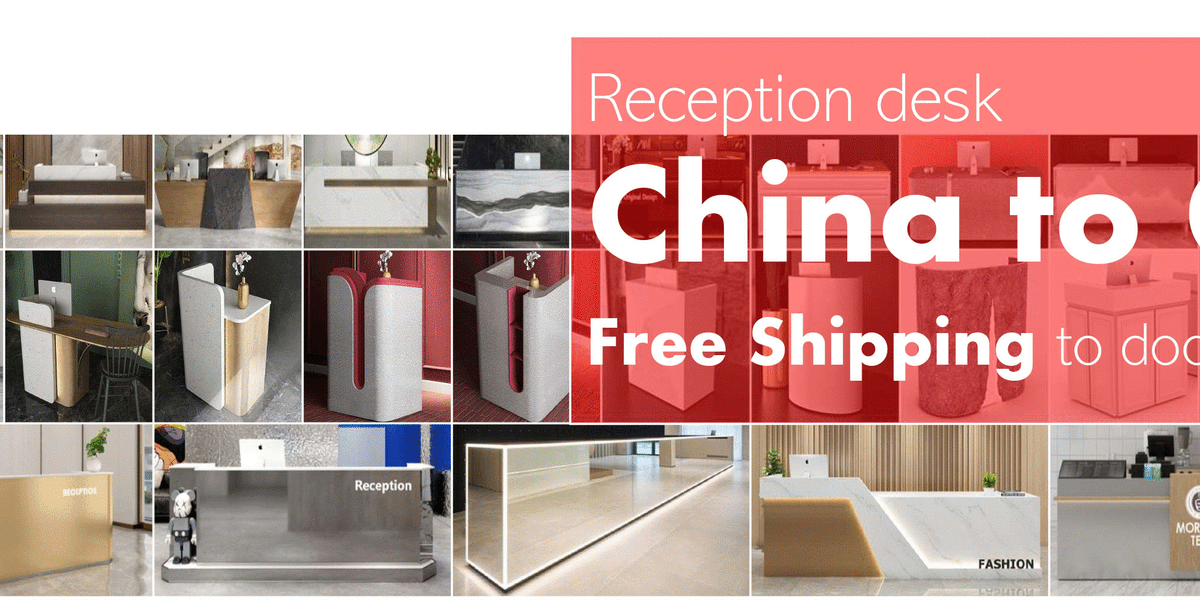Why the First Meter of Your Space Decides Everything
Here is a simple claim: the first meter of your space controls behavior. Reception Desks set the tone for flow, trust, and comfort. Picture a morning rush. People bunch near the counter. A staff member scans IDs while answering a call. In many sites, more than a third of service time is lost to layout and process gaps—before the “service” even starts. When the counter blocks sightlines, hides queue cues, or lacks ADA clearance, the user has to guess. Guessing raises anxiety and slows the line. And slow lines reduce sales and sign-ups (a quiet cost that repeats daily).

Design details do heavy lifting. Cable management keeps the surface open. A clear POS terminal zone speeds payment. A low, rounded corner reduces collision risk. Biometric access or RFID handoff cuts a step. These look small, yet they stack into real throughput gains. You can feel the difference in a week—funny how that works, right? If the first meter works, the rest of the room breathes. If it fails, staff become traffic cops. The lesson is simple and precise. Start with the counter, not the back office. Let us move to where most setups still stumble.
Where Gym Counters Fall Short (And What Users Won’t Tell You)
What actually fails in daily use?
In fitness clubs, the gym reception desk lives at the edge of movement: bags, sweat, cards, and quick questions. The hidden pain is friction. Queues form because the counter is too deep, the scanner sits outside the ergonomic reach zone, or the staff screen creates a tall visual wall. Queueing theory says small delays amplify downstream. You see that when a lanyard tangles or the barcode is misread. Add glare on acrylic, and read rates drop. Without clean cable routing and power converters tucked out of kick space, people trip. Without a wipeable, anti-microbial laminate, cleaning cycles slow. Look, it’s simpler than you think: the “lost seconds” are baked into the build, not the people.
Traditional fixes miss root causes. A bigger counter is not better if it blocks sightlines to turnstiles. More devices do not help if the RFID reader fights the POS terminal for space. High fronts look “premium” but break ADA communication height. Poor ventilation around edge computing nodes warms barcode units and lowers performance. The pattern repeats: surface clutter hides wayfinding; poor cord grommets force staff to work around the desk; users hesitate at unclear handoff points. Users rarely report this in surveys—they just feel it and rush past. So the desk becomes a friction engine, not a welcome point. That is avoidable with tight reach zones, clear signage, and a simple, one-step check-in.
From Gyms to Salons: Designing the Next Wave of Front Counters
What’s Next
Now, shift the lens. A gym thrives on speed and self-serve proof of access; a hair salon reception desk balances speed with conversation and booking. Different goals, same rule: the counter should carry the process. New technology makes this easier. Think modular cabinetry with swappable panels, integrated RFID readers, and a pass-through slot for quick device docking. Low-heat LED task lighting reduces glare on scanners. Smart cable management channels isolate data from power to cut interference. Small edge computing nodes near the counter sync appointments and membership data locally, then push to the cloud—so latency drops during rush windows. It feels seamless. It is, in fact, engineered.

Case examples point forward. One chain mapped its check-in to three micro-steps: approach, verify, pass. By cutting the reach to the scanner from 700 mm to 450 mm and lowering one corner to ADA communication height, throughput rose by 18%. Another salon flipped the layout: consult first, pay later, with a side POS cradle. No crowding at the main face—measurably calmer. The comparative insight is clear: gyms need fast gates and rugged surfaces; salons need acoustic relief and a warm, low barrier for talk. Yet both win with the same backbone: clean cable paths, clear sightlines, and right-sized tech bays. Small details, big wins—funny how that works, right? To choose well, use hard checks, not vibes.
Advisory close—three metrics to guide selection: 1) Throughput per minute at the counter during peak (count real passes, not estimates). 2) Ergonomic reach zones for users and staff (450–650 mm sweet spot; verify with tape). 3) Lifetime cost of ownership (surface durability, service access to devices, and upgrade paths for scanners and POS). If the desk scores high on these, you are set for today and for what comes next. For further specification references and layout thinking, see M2-Retail at M2-Retail.